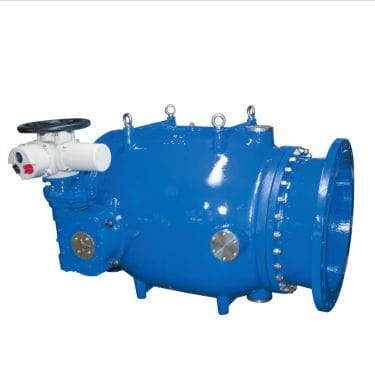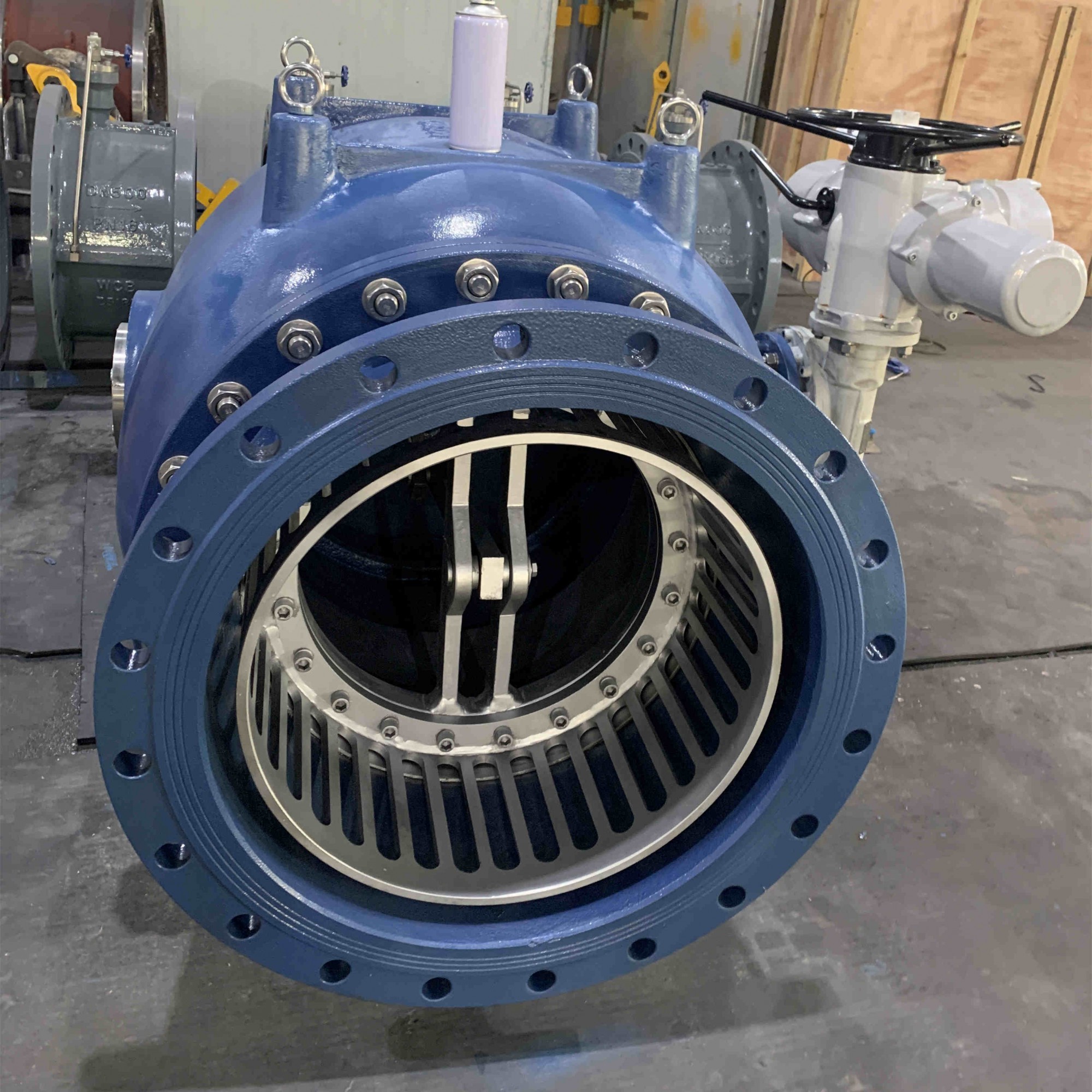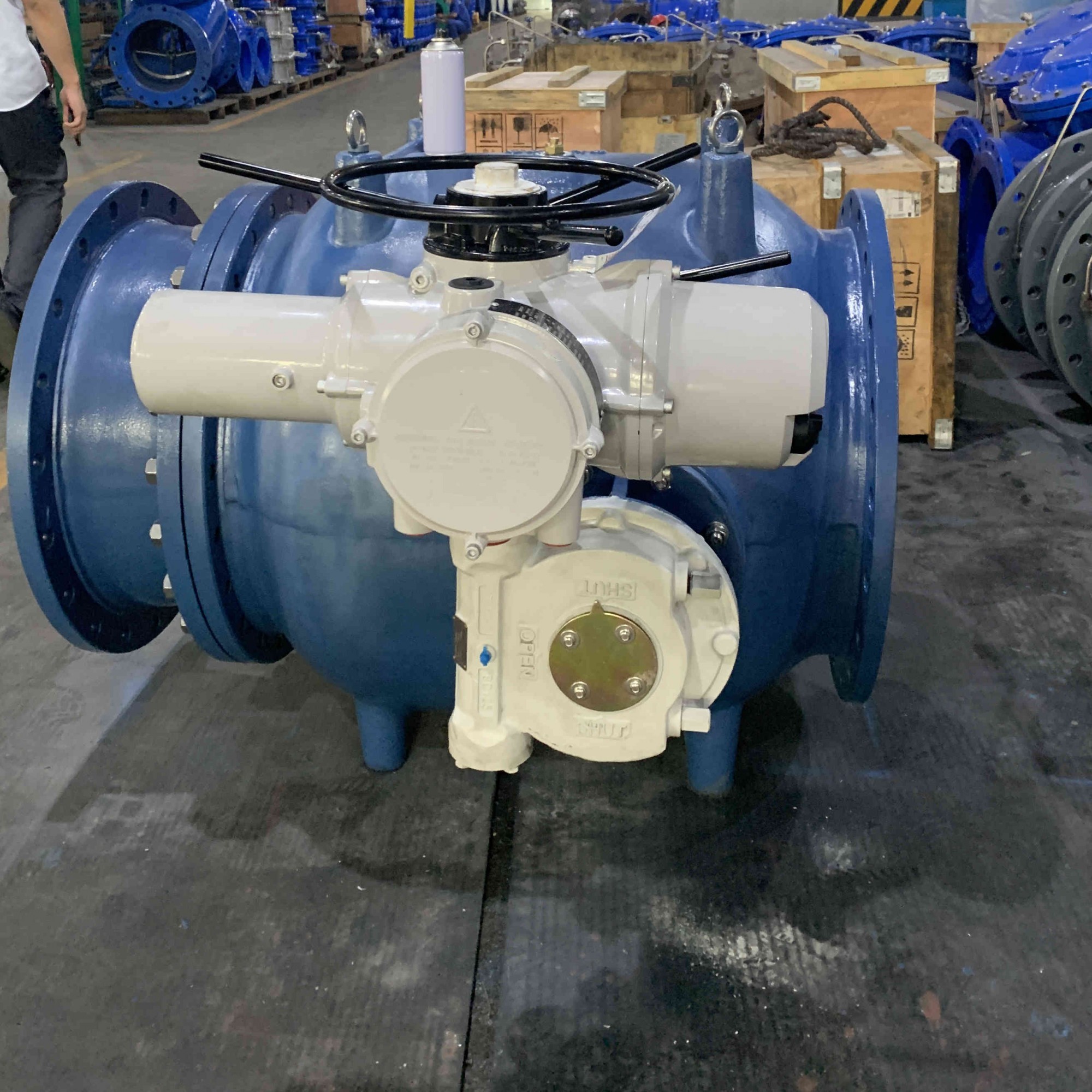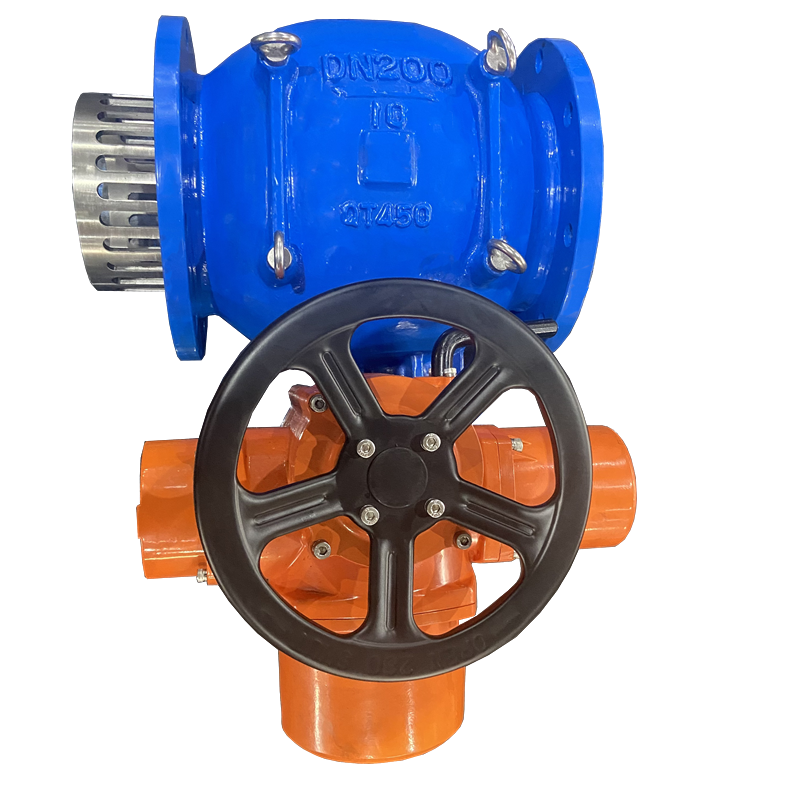Piston Type Flow Regulator, DN400, PN40, WCB, CF8, RF
Explore our Piston Flow Regulator Fabricator offering a wide range of options: DN400, PN40, 16 Inch, Class 300 LB, crafted from premium ASTM A216 WCB and ASTM A351 CF8 materials. Featuring an RF Flange and a versatile Multiple Orifices Structure, available in sizes ranging from DN150 to DN1000.
Categories
- Control Valves
Tags
- RF Flow Regulator , ASTM A216 WCB Flow Regulator , ASTM A351 CF8 Flow Regulator
Detail Information
Valve description:
Piston type flow regulator, FLANGED
Body: ASTM A351 CF8, ASTM A216 WCB
Nominal size: DN400.
Nominal class: PN40.
End Connection: RF flange.
Product Range:
Body material: ASTM A216 WCB, ASTM A351 CF8.
Normal diameter: DN150 - DN1000
End connection: Flanged.
Technical parameters and characteristics
Piston-type flow regulator
This Piston type flow regulator is a new type of control valve, which can adjust or control the flow without any operating restrictions. With a unique design, it can eliminate hydraulic energy without cavitation and vibration problems of general control valves. The reason why this valve can eliminate energy is that it uses the structure of multiple orifices. Water is ejected from each orifice and collides with each other. This design will make all the sprayed water columns impact each other on the valve center line, and the mutual impact of this water column will completely eliminate the velocity energy. In order to make all the spouted water columns impact each other intensively, the pressure or velocity head at each point must be kept consistent in front of each orifice. A special guide device is used to move horizontally along the sleeve tube to streamline the medium in the valve chamber, so as to keep the pressure at each point consistent. The reason why this valve can reduce the vibration is that it adopts advanced design technology to reduce the speed and head loss before the nozzle. At the same time, in order to avoid damage to the parts caused by cavitation, this cavitation phenomenon is concentrated in the center of the sleeve and surrounded by water. At this time, the bubbles in the water will be very unstable and break in the water, but will not break on the valve wall so as to eliminate noise, vibration and avoid damage to the valve.
Piston type flow regulator, FLANGED
Body: ASTM A351 CF8, ASTM A216 WCB
Nominal size: DN400.
Nominal class: PN40.
End Connection: RF flange.
Product Range:
Body material: ASTM A216 WCB, ASTM A351 CF8.
Normal diameter: DN150 - DN1000
End connection: Flanged.
Technical parameters and characteristics
| Product | Piston-type flow regulator |
| Nominal diameter | DN150 - DN1000. |
| Connection end | Flange. |
| Application | Water. |
Piston-type flow regulator
This Piston type flow regulator is a new type of control valve, which can adjust or control the flow without any operating restrictions. With a unique design, it can eliminate hydraulic energy without cavitation and vibration problems of general control valves. The reason why this valve can eliminate energy is that it uses the structure of multiple orifices. Water is ejected from each orifice and collides with each other. This design will make all the sprayed water columns impact each other on the valve center line, and the mutual impact of this water column will completely eliminate the velocity energy. In order to make all the spouted water columns impact each other intensively, the pressure or velocity head at each point must be kept consistent in front of each orifice. A special guide device is used to move horizontally along the sleeve tube to streamline the medium in the valve chamber, so as to keep the pressure at each point consistent. The reason why this valve can reduce the vibration is that it adopts advanced design technology to reduce the speed and head loss before the nozzle. At the same time, in order to avoid damage to the parts caused by cavitation, this cavitation phenomenon is concentrated in the center of the sleeve and surrounded by water. At this time, the bubbles in the water will be very unstable and break in the water, but will not break on the valve wall so as to eliminate noise, vibration and avoid damage to the valve.
Next: Cast Ductile Iron Piston Flow Regulator, CJ/T 219, DN1600, PN10
Previous: Diaphragm Type Water Pump Control Valve, DN200, PN16, CF8



